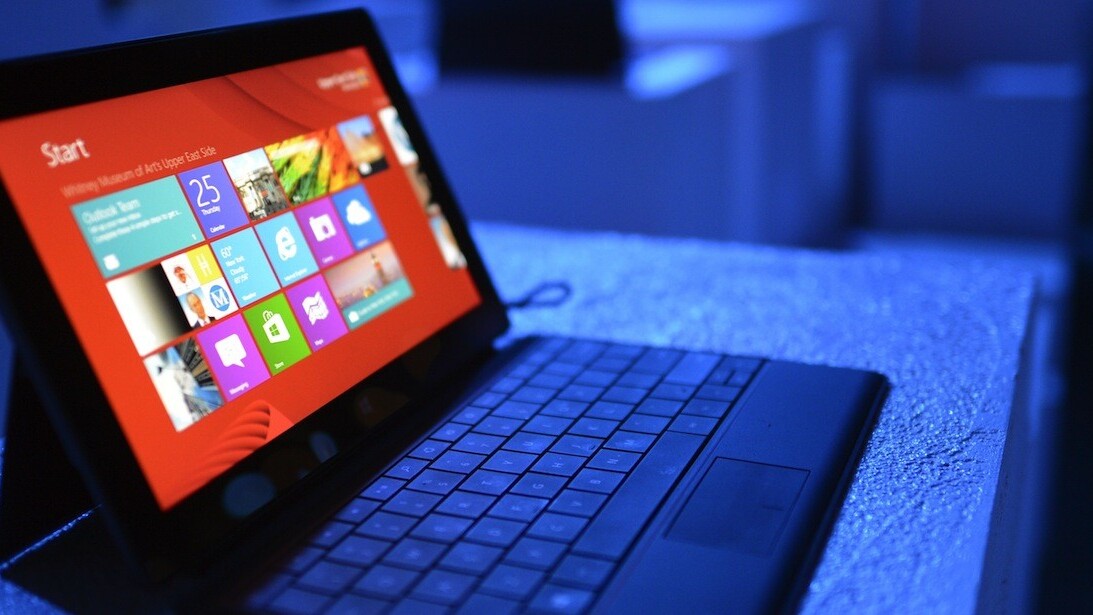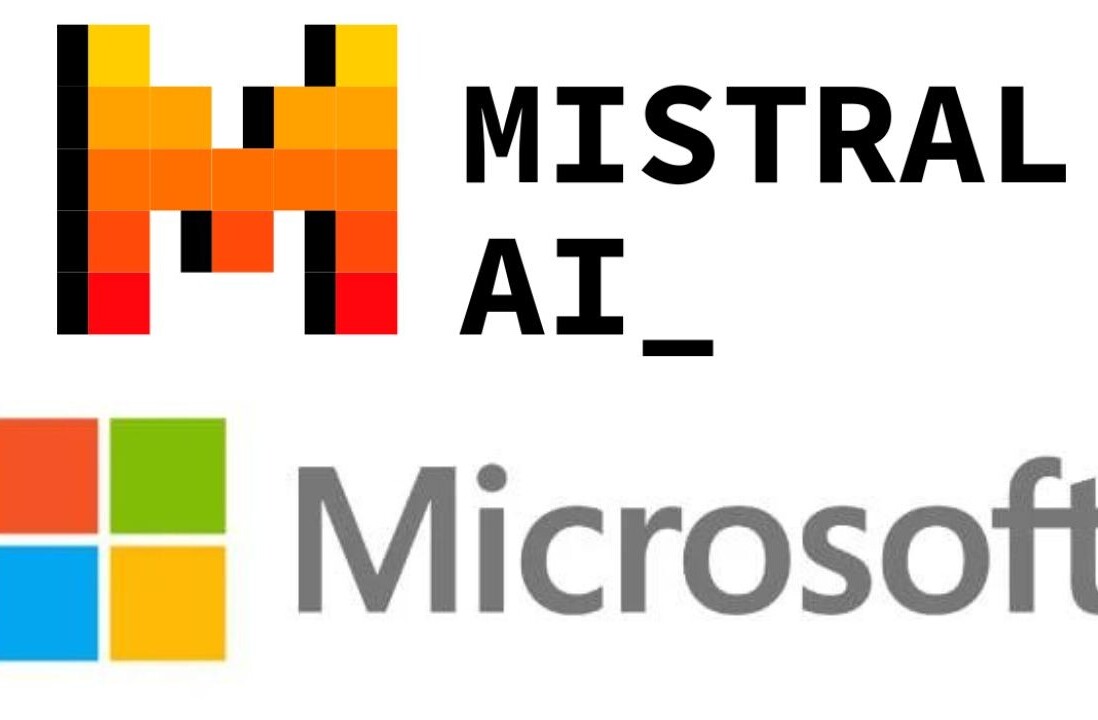
As of this moment, Windows RT is on life support. Microsoft recently slashed the price of the Surface RT, its flagship product running the tweaked Windows 8 platform, by up to a third across the United States and Europe. It was followed by a $900 million loss posted in Microsoft’s fiscal Q4 2013 earnings yesterday due to Surface RT “inventory adjustments”. It doesn’t look good.
Windows RT’s very existence is an admittance by Microsoft that Windows 8, its latest desktop operating system, is unable to provide a compelling user experience across every device category and form factor. It’s a stripped down offering that fails to offer the benefits of the traditional Windows desktop experience, or the modern leaps made by mobile-first platforms such as iOS and Android.
Windows 8 was a visionary product that was designed to bridge the divide between smartphone, tablet, laptop and desktop PC. One flexible and highly original operating system that would be instantly recognizable across every piece of hardware that was powered by Microsoft in one way or another. The Metro UI, with its minimal, clean grid layout and brightly colored icons would permeate every part of the experience. It was designed to overhaul Microsoft’s image and make them a popular, even ‘trendy’ choice for both enterprise and casual consumers.
The iPad conundrum
The iPad was a problem though. Apple essentially created and defined the tablet form factor and was now enjoying enviable success, shipping millions of units and attracting some of the most high-profile app developers with considerable ease. Microsoft already had Windows Phone out in the field, but the company believed with every fiber of its being that Windows 8 should be the ‘one size fits all’ solution.
Microsoft went all in with the Surface Pro and created a product that was both unique and unprecedented. The Windows 8 operating system, modern apps and all, backed up by the power of a full desktop experience. The device was sleek, angular and could be used as a tablet. In a stroke of genius Microsoft had also created an ultra-thin Touch Cover that doubled as a fully functioning keyboard. It was a robust, touch-enabled laptop.
The Surface Pro was expensive though. Despite its aesthetics, the tablet-laptop hybrid was actually well-suited to combat the MacBook Air due to its increased storage, Intel Core i5 processor and 4GB of RAM. In particular, the vast price gap meant it could never compete with the iPad.
Surface RT, utterly flawed
Enter the Surface RT. It runs a scaled back version of Windows for ARM chipsets, retaining the look and feel of Windows 8 but dropping all of the functionality that makes a full desktop operating system so useful.
There’s a desktop environment, true enough, but it doesn’t support traditional Windows applications. With the exception of the Office suite and Internet Explorer 10, which comes pre-installed every Surface RT, it’s almost impossible to install or run third-party software.
Microsoft is trapped in the middle of two very different propositions and failed to execute either of them. Windows 8 was supposed to offer both tablet and desktop functionality, so Microsoft was compelled – perhaps forced – to integrate its rather crippled desktop environment.
Doing so detracted from the Metro UI, the interface that was designed originally for Windows Phone and other touch-enabled devices, and added further confusion as to the difference between the Surface RT and Surface Pro.
Microsoft had set out to build an operating system that could power all devices at every price point. The Surface, its very first piece of hardware that would inherently act as the standard-bearer for this approach, had already proved the platform’s incompetence.
Desktop. Tablet. They’re just not the same
Windows RT is stuck between two worlds and adept at absolutely nothing. It’s not a competent desktop environment and its dreadful app support holds it back from becoming a popular mobile platform. Most of the big developers are there, admittedly, or have confirmed they’ll launch an app in some capacity; Facebook and Foursquare are the latest to join Microsoft’s cause. Yet no-one can argue that these apps are the definitive version. iOS and even Android – which has long struggled to create its own library of tablet-optimized apps – offer a better experience on a touchscreen.
Microsoft looked at Apple and the way it had created iOS and OS X, two entirely different ecosystems. Apple is working to bring the two closer together, hence the introduction of a Notification Center and Messages, but Microsoft thought it saw an opportunity to streamline the process. Create the software once and ship it to all devices. Simple.
Microsoft failed though. It now offers Windows 8 for desktop PCs, laptops and that weird entourage of peculiar hybrids that transform into really ugly tablets. Windows RT is stuck in no man’s land. Windows Phone 8 continues to battle iOS and Android on the smartphone front. Three platforms. Not one.
Apple works on iOS and OS X separately for a reason. Touch-enabled devices are fundamentally different to the traditional desktop experience that we’ve all grown accustomed to over the past few decades. They work well for their respective form factors.
Windows RT is a huge compromise that Microsoft simply can’t communicate and subsequently sell to the public. Up until now, the firm has refused to reveal the sales figures for its Surface RT but that all came to a head when it posted its fiscal Q4 2013 earnings yesterday.
Surface RT: A $900 million loss
Microsoft’s results showed that the company took a $900 million loss on the Surface RT due to “inventory adjustments”. That means the device hasn’t sold anything close to what the company was expecting, despite its intense marketing push. In the last couple of weeks, the price of the Surface RT has been slashed to $349 – down from $500 – in the United States and up to a third across Europe. That’s a huge, somewhat desperate move to try to invigorate sales.
Will Microsoft admit defeat with the Surface RT? Not just yet. The latest Surface RT advert, released earlier today, takes another shot at Apple’s iPad.
The Surface RT isn’t the only device running Windows RT though. The Samsung ATIV Tab, Dell XPS 10 and ASUS VivoTab RT, alongside with a handful of other tablets, also run Microsoft’s weakened operating system. They’re minor devices though which have failed to strike a chord with consumers or prove why Microsoft shouldn’t abandon the platform altogether.
Windows RT is a product without a consumer. It doesn’t come close to iOS and the tablet experiences offered by the iPad – especially from an app perspective. It’s not an alternative to a laptop either; the Surface RT can’t be used to do the everyday tasks required by professionals in offices all over the globe. It’s simply not a viable option.
It’s clear that the Surface RT is a failed product. The hardware is interesting, but the entire experience is let down by Windows RT. The platform is therefore a sinking ship – perhaps it’s sunk already – and one that Microsoft would be wise to swim away from as soon as possible.
Image Credit: TIMOTHY A. CLARY/AFP/Getty Images / Kevork Djansezian/Getty Images
Get the TNW newsletter
Get the most important tech news in your inbox each week.






